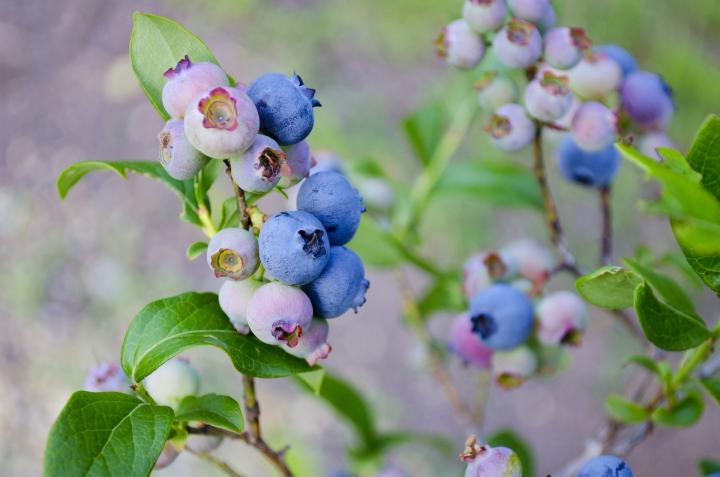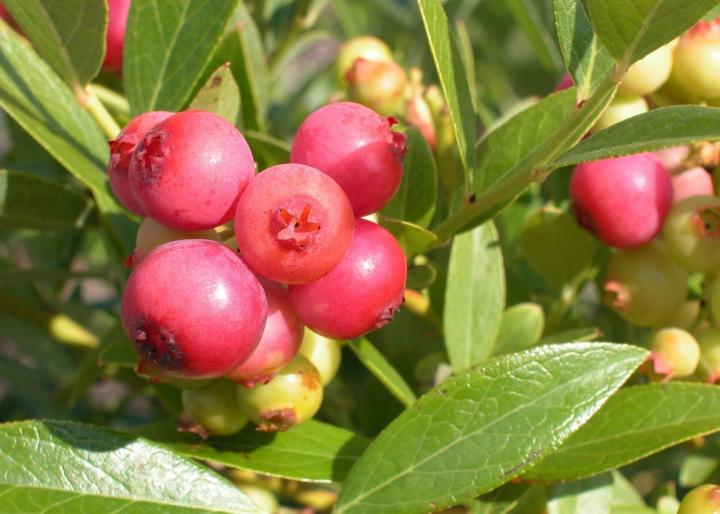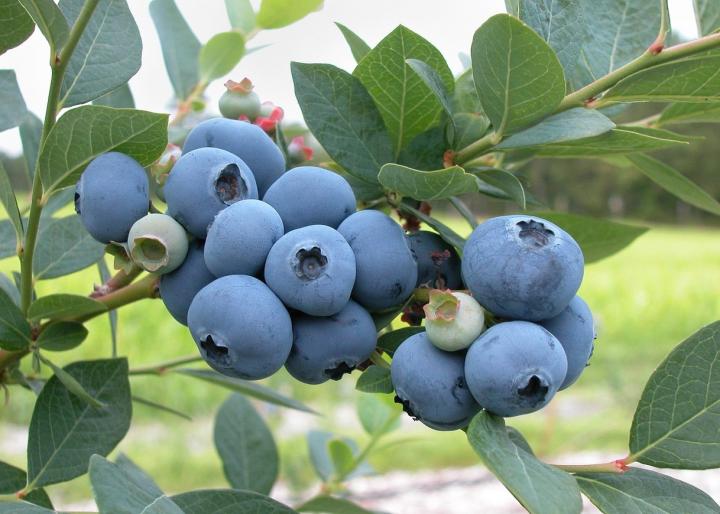
Blueberries are one of the easiest fruits to grow.
Sign up for our daily newsletter to get gardening tips and advice.
Planting, Growing, Pruning, and Harvesting Blueberries
ADVERTISEMENT
There are four types of blueberries: highbush, lowbush, hybrid half-high, and rabbiteye. We used to harvest lowbush Blueberries in the Maine wild. : )~
I have seen your post. It is very helpful for me. I came to know the benefits of Blueberry. Keep Posting these types of Posts. Thank you.
? were can I buy or get abluberry plants
They should be available at local garden centers—or there are a number of online retailers which may ship to you.
Hi, I planted 3 blueberry plants, one survived its first year pretty well. The other 2 the upper plant seemed to die, but i have growth coming from the roots. Is this still a live blueberry plant or is the root from some other type of plant? I have been letting them grow and they are getting bigger, however the leaves are definitely a different shape than the plant that lived.
Hi, Heather, If the leaf does not look like blueberry foliage, it doesn’t sound promising. You could let it grow for a while to confirm and/or bring the leaves to a local nursery and see if an expert there can identify it. As for the plants in general, we’ve found that improper soil, and in particular the soil’s pH, are often the problem. If you have not yet, you might want to do a soil test. Wishing you better luck next time!
Start with high-quality plants. This is the most important step in ensuring a successful crop of blueberries. Look for disease-resistant varieties that are well-suited to your climate zone.
I have small webbing on blue berry bush eats leAf then branch and kills it also on grant grey beard bush or smoke bush they cut top out of it
Probably spider mites. Get neem oil right away!
I received a nice looking plant today, Blueberry 'Pink Icing'. I am now wondering if I should wait until fall to set it in a place, or even a container to have it for next spring. I live in zone 5 western part of Nebraska.













